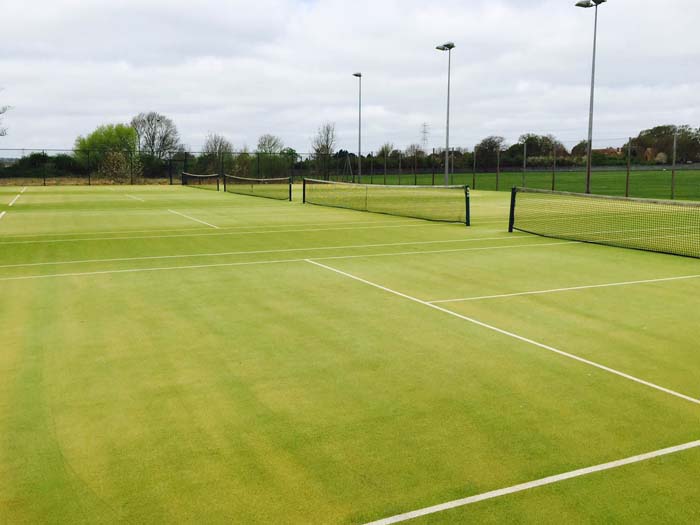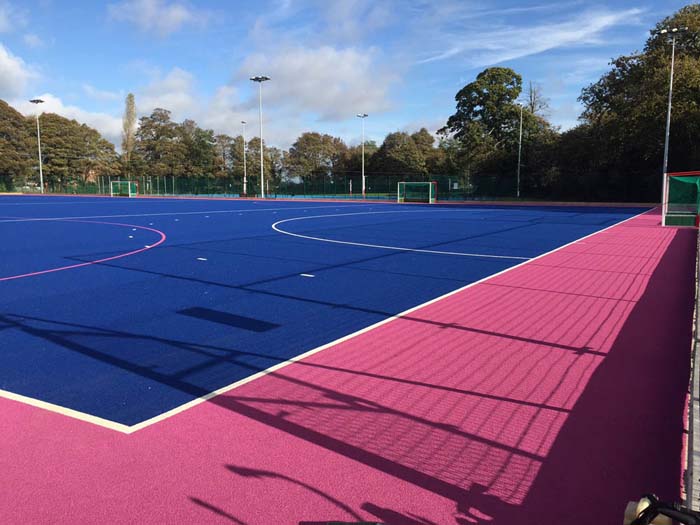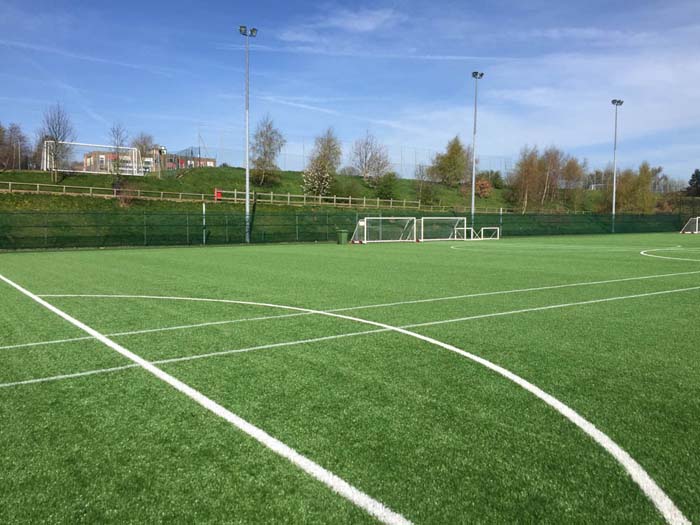Artificial Sports Surface Regeneration
We regenerate 3G, Sand Filled and Sand Dressed Sports Surfaces.
As with any Synthetic Sports surface, regeneration is needed; even the best top-quality ones have a life expectancy. How long this period depends on how much usage your surface gets and how well it is maintained. The artificial turf’s performance levels can drastically diminish, resulting in fewer bookings and inevitably reduced income.
Artificial sports surface regeneration, or refurbishment or rejuvenation, involves restoring and renewing an existing artificial sports surface to extend its lifespan and maintain its performance. Over time, synthetic sports surfaces can become worn, compacted, or damaged due to heavy use and exposure to the elements. Regeneration addresses these issues and brings the surface back to optimal playing conditions.
Generally, the typical life span of an artificial sports surface is around 10 to 12 years, but as already mentioned, it depends on usage, etc.
We can make the renovation process quick and easy; we have extensive experience and can cover all elements of artificial pitch resurfacing.
Here’s an overview of the regeneration process:
Assessment and Planning:
Begin by assessing the condition of the existing surface. Identify areas of wear, damage, unevenness, and any other issues that must be addressed.
Plan the regeneration process based on the specific needs of the surface and the type of sport played on it.
Surface Cleaning:
Thoroughly clean the entire surface to remove debris, dirt, dust, and organic matter that might have accumulated over time. This cleaning can be done using mechanical sweepers, blowers, or other appropriate equipment.
Decompaction:
Use specialised equipment to decompact the infill material within the artificial turf. Decompaction helps improve drainage and prevent compaction that can affect the surface’s playability.
Infill Redistribution:
Please ensure an even distribution of infill material across the surface. This step helps to restore the surface’s cushioning and support properties.
Fibre Maintenance:
Address any issues with the turf fibres, such as flattening or matting. Brushing or grooming the fibres can help restore their upright position and enhance the turf’s aesthetics and performance.
Repairs:
Repair any damaged areas, seams, or tears on the surface. Replace sections of turf or repair damaged seams to ensure a smooth playing surface.
Infill Top-Up:
Depending on the type of infill material used, a top-up of infill may be required to restore the desired playing characteristics of the surface.
Reapplication of Line Markings:
Reapply accurate and clear line markings for the specific sports played on the surface.
Quality Control and Testing:
Conduct quality control checks to ensure the regenerated surface meets performance and safety standards.
Client Education:
Could you inform the client about post-regeneration maintenance practices to ensure the longevity of the surface?
Ongoing Maintenance:
Could you guide the client on maintaining the regenerated surface properly, including regular brushing, infill maintenance, and periodic professional inspections?
Monitoring:
Regularly monitor the regenerated surface’s performance and condition to address any emerging issues promptly.
It’s worth noting that the specific steps and processes involved in regeneration can vary based on the type of artificial surface, the extent of wear and damage, and the manufacturer’s recommendations. Consulting with experienced professionals specialising in artificial sports surface regeneration is essential to ensure the process is carried out effectively and efficiently.
Types of Sports Surfaces we regenerate

Sand Filled Sports Surfaces
Sand Filled Artificial Sports Surfaces are designed to meet the rigorous demands of continuous use. They are hard-wearing synthetic carpets with a vertical pile and meet their requirements quickly if they are correctly maintained. The grass fibres are kept upright by the sand infill.

Sand Dressed Sports Surfaces
Sand Dressed Carpet Turf is a dense short pile that requires a fine sand infill. This kind of Artificial Sports Turf is much greener in its appearance as they have more artificial grass fibres exposed than Sand Filled Turf.

3G Sports Surfaces
Third Generation Artificial Grass or 3G Artificial Grass utilises longer fibres and a sand infill with a rubber crumb infill. Generally, 3G Artificial Sports Surfaces are used for the sport of football. However, shorter versions make excellent pitches for hockey practice.
